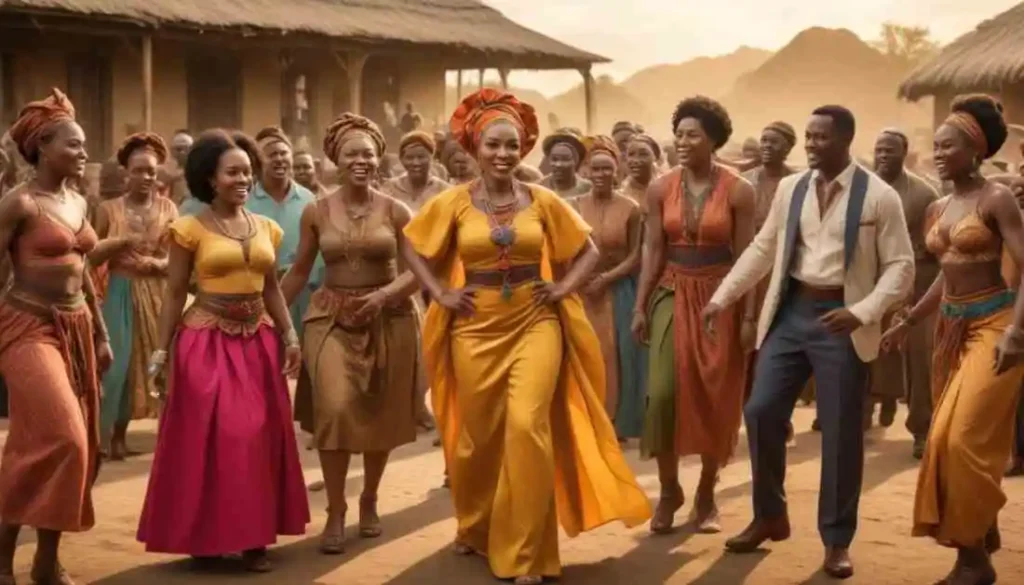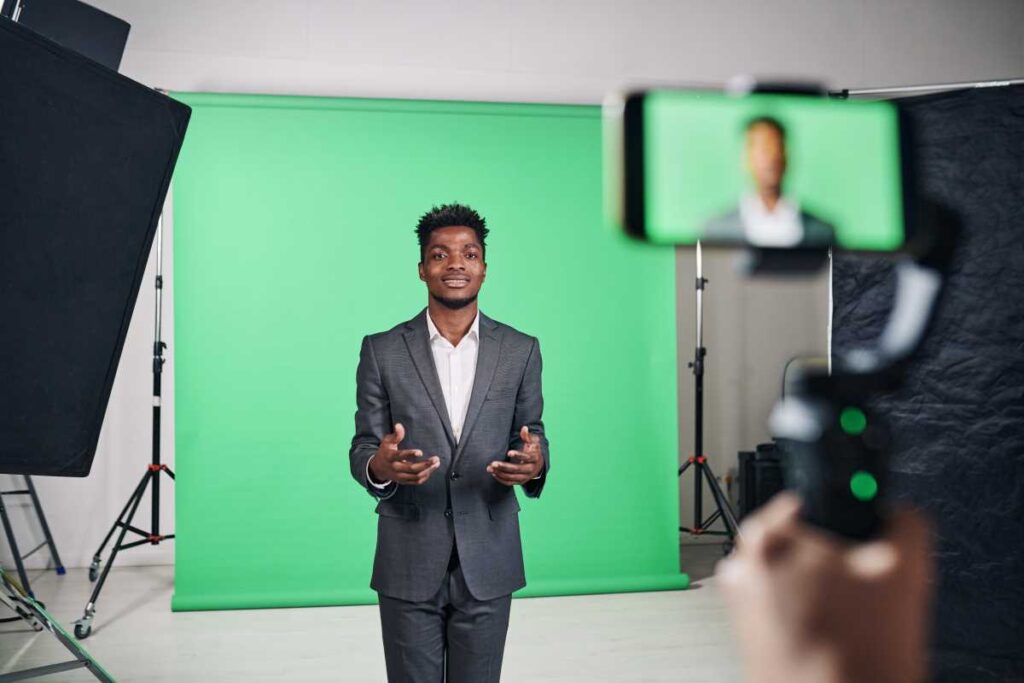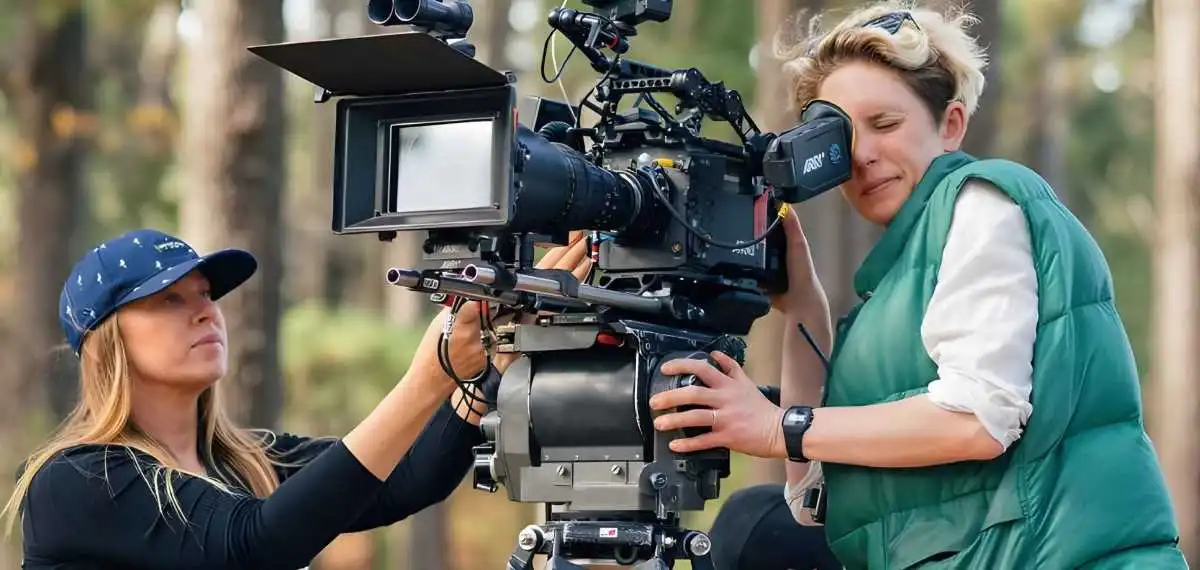
They say “a bad workman blames his tools.” True words.
But filmmaking is a mix of art, skills, and equipment. Without quality gear, a filmmaker cannot deliver, regardless of technical mastery or creativity.
So whether you are a beginner or a pro, having the right gear can elevate your storytelling.
Scouting online and in print magazines, anyone will conclude it is an ocean of audio-visual devices out there. The brands are countless, with a plethora of cameras, lights and accessories. Each claiming technical and ergonomic superiority.
No wonder some have tagged this “the true golden age of film”. Noting that technology has democratized access to equipment. Hence filmmakers are spoilt for choice regarding gear.
In the same vein, some say manufacturers of film gear are in a never-ending race for profits. And because of that, they feed us relentlessly with newer models or series, dangling the latest bells and whistles.
Hence today for the average filmmaker, it is no longer a question of accessibility to gear. Rather it is a question of choice. That is:
“Which one do I pick from the vast array of options available?”
So, what do you have in your toolbox at the moment? The latest cutting-edge gizmo? A ‘prosumer’ device or a consumer-grade gadget?
Let us say upfront that, whatever gear you have is the best! But this is a point only time can clarify for many. .
However, in this piece, we will attempt to unpack the subject matter and look at what’s available in the marketspace.

But first, a disclaimer.
This newsletter is for educational purposes only. Wakacast is not affiliated with the manufacturers of the products mentioned and cannot be held legally responsible for any unexpected outcomes derived from using them.
Please research and consult with professionals before buying or renting.
With that established, let us roll.
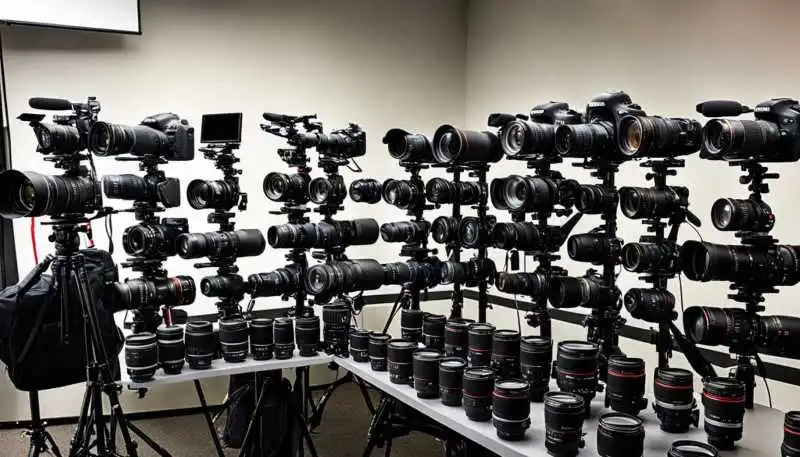
Cameras
At the core of filmmaking is the camera, which is the primary tool for capturing the images. As directors, producers or content creators, knowing the different types of cameras available is vital.
To simplify this point, let us classify cameras into three broad segments:
- The Powerhouse (The Cinema Cameras)
- The Workhorses (DSLRs/Mirror Less)
- The budget-friendly players
Each one plays a vital role in the overall filmmaking eco system. Helping to keep the windmill of creative storytelling turning across all strata of society.
In other words, whether you are a big studio with deep pockets, an independent producer, or a newbie, there are tools perfect for you.
By catering to all skills and budget levels, everyone is empowered to share their story.
The Cinema Cameras
These are the heavy lifters. The top-range, super-resolution, high budget cameras.
These cameras are specifically designed for shooting high-quality digital video for cinema. Examples include the ARRI Alexa, RED cameras, Blackmagic Design cameras, and Sony Cine Alta cameras.
These Digital Cinema cameras are known for their high resolution, dynamic range, and color depth.
The Workhorses
DSLR (Digital Single-Lens Reflex) cameras are a favorite among filmmakers for their versatility and affordability. They are great for capturing beautiful images with large sensors and interchangeable lenses. There is a vast array of DSLR camera types from a sizeable number of manufacturers.
They big players in this terrain include Canon, Sony, Panasonic and a host of others. There are a plethora of DSLR cameras in the market.
Some of them even have series, meaning the manufacturer puts out several models of the same camera with very minimal difference in the features. A good example is the EOS series from Cannon.
Mirrorless cameras are popular with many independent filmmakers. They offer great autofocus, perform well in low light, and have professional video features. They are a top pick for directors who want high-quality footage.
Choosing between DSLR, Mirrorless, or Cinema cameras depends on your goals and vision. Learning about cameras and lenses will help you capture the magic that draws in your audience.
READ: How To Write A Winning Screenplay
READ: How To Create A Self-Tape Audition That Gets You Your Dream Role
APPLY: Grant Writing Workshop – Raising funds for your film projects
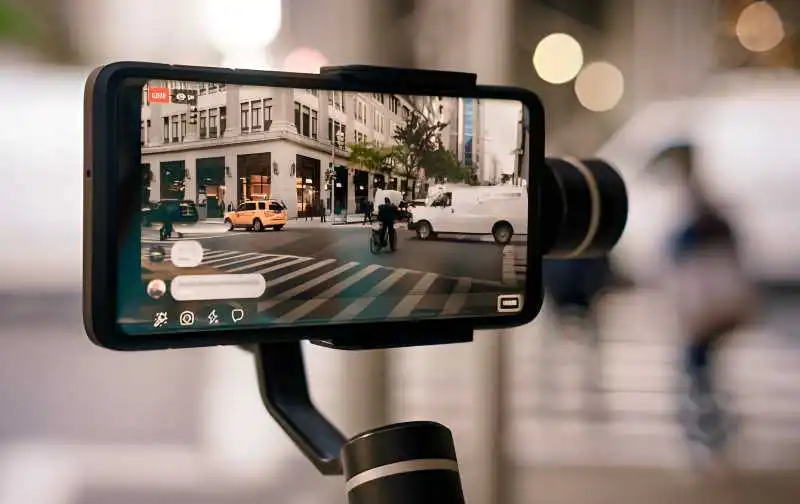
Smartphone Filmmaking:
Please do not underestimate the power in your pocket! Top-of-the-line smartphones offer impressive video capabilities, making them a viable option for creating high-quality content on a shoestring budget.
Explore apps like Filmic Pro for enhanced control and professional filmmaking tools on your phone.
Remember: The best camera is the one you have with you. Many successful films have been recorded on a shoestring budget!
Lenses
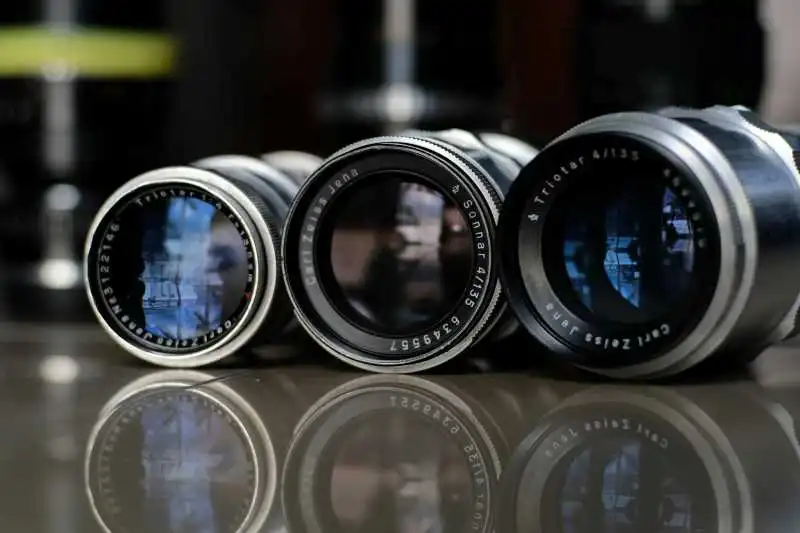
Lenses are just as important as cameras in filmmaking. They are crucial to achieving the desired visual aesthetic. In other words lenses will help you create the look you want for your film.
Lenses determine the field of view, depth of field, and overall image quality. You can use a wide-angle lens to capture expansive landscapes.
A telephoto lens will bring distant subjects into sharp focus. Each type of lens offers unique creative possibilities.
Prime lenses, with their fixed focal lengths, are known for their sharpness and clarity, while zoom lenses provide versatility by allowing filmmakers to adjust focal lengths on the fly. Investing in high-quality lenses can significantly enhance the cinematic quality of your film, making them an essential part of any filmmaker’s toolkit.
Lighting Equipment
Filmmaking lighting is vital to making your footage look great. We will cover the basics of the three-point lighting setup, a popular method in video production.
We will also look at the benefits of LED panels and lighting modifiers to help you get the right lighting for your projects.
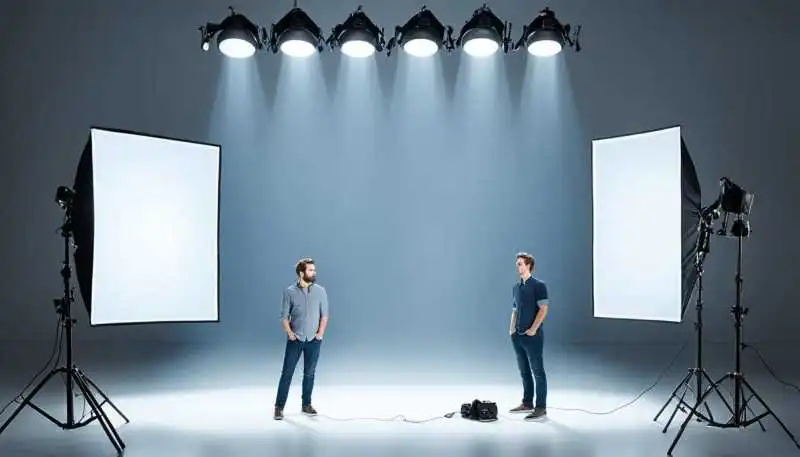
Three-Point Lighting Setup
The three-point lighting setup is a timeless technique in filmmaking lighting. It uses three lights to add depth and a natural look to your subject. The setup includes:
- Key light: The main light, placed at a 45-degree angle to the subject.
- Fill light: a softer light to fill in shadows and balance the lighting.
- Backlight: a light behind the subject to separate it from the background and add depth.
By adjusting the position and intensity of these lights, filmmakers can create a visually appealing and three-dimensional look, enhancing the quality of the footage.
Audio Gear
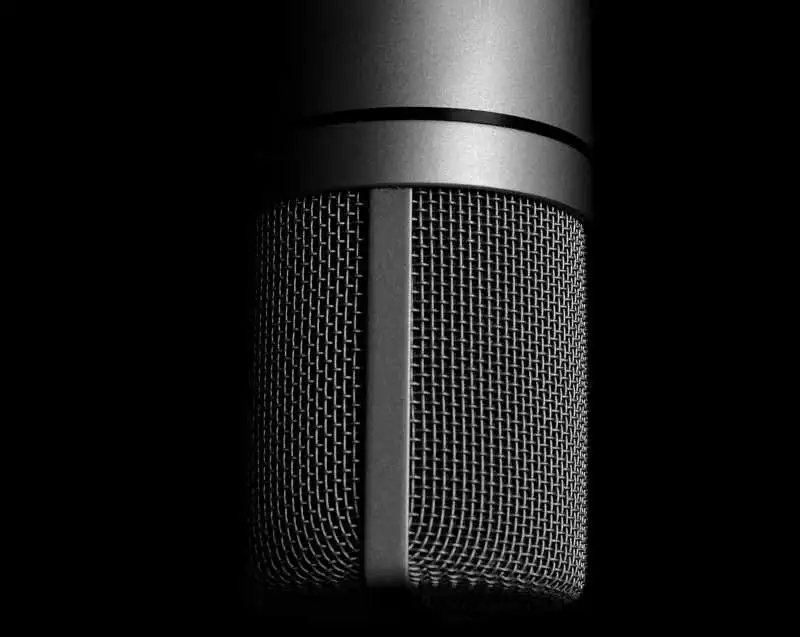
In filmmaking, great sound is as crucial as great visuals. Filmmakers use special audio gear like shotgun mics and wireless lavaliere systems.
These tools are crucial in making any video project sound good.
Shotgun Microphones
Shotgun mics are a top pick for filmmakers. They focus on the sound you want and ignore the rest. These long mics capture clear dialogue and sounds from far away, making them perfect for filming outside.
They are great for sound recording and work well with boom poles. This lets you get the mic close to the action without being seen.
Wireless Lavaliere Systems
Wireless Lavaliere systems are a must-have for filmmakers. These tiny mics clip to actors, giving you clear audio without wires. They let actors move freely, catching every sound for your video production.
They also make filming look more professional by getting rid of cables. For anyone into video production, getting good filmmaking audio gear like this can improve their work.
With top-notch filmmaking audio gear, you can make your videos sound amazing.
Using these tools well will help you create films that pull viewers in.
Grip and Support Equipment
Smooth, professional-looking footage is vital to filmmaking. Grip and support tools are necessary.
Tools like tripods, monopods, sliders, and dollies help keep your camera steady. They also let you move the camera in ways that make your videos stand out.
Tripods and monopods
Tripods are the go-to for stable camera support.
They give you a solid base to reduce camera shake and keep shots steady. You can find tripods in various sizes and features, from light and portable to heavy-duty.
Monopods offer single-leg support for fast camera moves and are great for when space is tight. They are perfect for quick filmmaking or when you are on the move.
When picking a tripod or monopod, think about the weight it can hold, its height, and how it fits with your camera and lenses. A solid tripod or monopod can improve your filmmaking grip equipment. It helps you get smooth, professional footage.
Sliders and Dollies
Sliders and dollies add a cinematic touch to your videos. Sliders give you smooth, straight camera moves. Dollies let you capture cool, circular, or tracking shots. These tools help you get a variety of camera movements. They add depth and interest to your videos.
When choosing a slider or dolly, look at the track length, how much it can hold, and its quality. A solid, smooth slider or doll can boost your production quality.
Video editing software and computers
Filmmaking does not stop after you capture footage. It also includes the post-production process.
Let’s talk about video editing software and computer hardware. These tools help edit and polish your video production projects.
The type of video editing software you use can change how efficient and good your post-production is.
There are many options, from Adobe Premiere Pro and Final Cut Pro to DaVinci Resolve and Avid Media Composer. Each one is suited for different budgets and skill levels. There are free, paid, and freemium options available. Many editing applications require installation on your local drive, while others you can edit online.
With computer hardware, your computer spec can affect how well your video editing software works.
Things like processor speed, RAM, and graphics cards matter a lot. A solid, well-equipped computer can make editing faster.
Doing so will allow you to work faster.
- Look into the features and what each video editing software offers to find the best one for you and your budget.
- Check the system requirements for your video editing software to ensure your computer hardware can handle it.
- Consider upgrading parts like the processor, RAM, and graphics card to make the editing application run better.
- Choosing the right editing software and computer hardware can improve your post-production work. It opens up new creative possibilities and helps you make videos that grab your audience.
- Accessories and peripherals
- In filmmaking, it is not just about cameras and lights. Successful video production also needs accessories and peripherals. These tools help improve your workflow and keep your footage safe. From power solutions to storage, these items are vital to better video projects.
- Batteries and power solutions
- Keeping your gear powered is crucial. Batteries keep your cameras, lights, and devices running. A good set of rechargeable power solutions can prevent dead batteries during shoots. High-capacity batteries and portable chargers mean you can film without interruptions.
- Memory cards and storage
- After capturing great footage, you will need to store it. Memory cards are vital for your camera, holding 4K or 8K videos. Adding external hard drives or cloud storage ensures your work is secure and easy to reach.
- Choosing the right filmmaking accessories Reliable batteries, flexible power solutions, and enough memory cards and storage let you focus on creativity, not technical issues.
CONCLUSION
Exploring the wide range of filmmaking equipment helps directors find the best tools.
Whether you want to rent or buy, consider your budget, project needs, and gear capabilities. This way, you can make a film that looks great and meets your goals.
Cameras and lenses capture your stories, while lighting and audio make the experience immersive.
Each piece of equipment is vital for the quality and impact of your work. By using the right equipment, your films will stand out and resonate with viewers.
The filmmaking journey is a path of growth and discovery.
As you improve and try new things, do not hesitate to add more equipment to your collection.
The possibilities are endless.
Join the Conversation
We hope you find these gear recommendations helpful in your filmmaking journey. We’d love to hear your thoughts! What equipment do you consider essential for your projects? Share your comments and suggestions with us.
Don’t forget to share this newsletter with friends and associates who might benefit from these insights. Together, we can build a thriving community of filmmakers.




